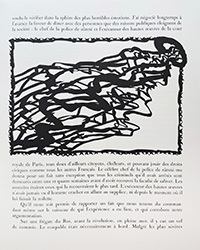The George S. MacManus Co. presents its Catalogue 433, Southern Americana. The material covers what MacManus describes as "a complicated but beautiful land." Slavery, and the difficult race relations that long survived the ending of the Civil War, are always a fundamental aspect of southern reality, though there is more to the South than just race. Both aspects are covered in this catalogue. One period is not included, the Civil War, worthy of its own catalogue. However, there is material leading up to that war and the unending conflicts of Reconstruction and the years following. Here are a few selections from the American South.
This book takes us right to the heart of the southern problem, Race Orthodoxy in the South and Other Aspects of the Negro Question, published in 1914. The author, Thomas Pearce Bailey, had a resume of professorial positions as long and impressive as anyone could hope for. He was someone with humanitarian instincts who might have been a force for good but for his instincts towards the southern orthodoxy. He did not oppose the concept of equality but believed Blacks were biologically an inferior race. Once you believe that, you can justify the unequal treatment of people based on race. The result of this superiority complex is that Bailey was hamstrung from finding an answer to the "Negro question." Item 4. Priced at $450.
Kentucky and nearby areas of Appalachia have been the source of some famous feuds. Best known is that of the Hatfields and McCoys. Here is another, the Hill-Evans feud. The feud came about after Dr. Hezekiah Evans hired a female slave from John Hill. Depending on whose story is believed, either Hill encouraged the slave to escape back to him or Evans mistreated her. That was in 1829, and minor violence flared between the clans for the next 20 years. Then, at a political meeting in 1849, Hills' son Jesse attacked Dr. Evans. At his court appearance, Dr. Evans shot and killed Jesse Hill. That set up an avalanche of attacks and by 1853, nine people had been killed, three from the Evans family, four from the Hills, and two associates of the Hills. Most of the Hills moved out of the area after that, although there apparently were a few further skirmishes over the years. This book is an account of the feud, A History of the Feud between the Hill and Evans Parties of Garrard County, KY, published in 1854. The author was 20-year-old James Thompson whose account "is biased toward the Evanses." Thompson's fate turned out to be even stranger than the families he wrote about. A few years later, he murdered his own mother, brother and sister, for which the townspeople wrought frontier justice. They lynched him. Item 88. $3,500.
Fanny Kemble was a 19th century actress whose skills included writing books, plays, and poetry. She married wealthy Philadelphian Pierce Mease Butler. Butler owned some plantations in the South which included hundreds of slaves. He kept Fanny away from the plantations but finally she insisted. That was the source of her book Journal of a Residence on a Georgian Plantation in 1838–1839, not published until 1863 (her husband insisted she not publish). For Fanny Kemble, it was a real eye-opener. She had never much liked slavery, but seeing it first hand made her a serious abolitionist. It would lead to a breakdown of her marriage. Her antipathy toward slavery did not stop her from learning all she could and writing down her experiences in a diary. Those were the basis of her book. Item 49. $375.
This is a terribly sad tale. The title explains it, Narrative of the Massacre, by the Savages, of the Wife & Children of Thomas Baldwin, Who, since the melancholy period of the destruction of his unfortunate family, has dwelt entirely alone, in a hut of his own construction, secluded from human society, in the extreme western part of the State of Kentucky. According to the book, Baldwin came to Kentucky at the urging of his friend, Daniel Boone. He participated in several Indian campaigns but paid a heavy price when they killed his wife and three children in 1782. Baldwin was captured but later escaped and returned home, to live his life in seclusion. Is any of this true? There is much questioning of Baldwin's claims. Wright Howes wrote in Usiana, "Perhaps based on some actual incident of border horror in early Kentucky, but unconvincingly and rhapsodically presented." It does contain a color-illustrated depiction of the terrible event. The account was published in 1835, many years after it supposedly occurred. Item 5. $1,250.
Stephen A. Douglas found himself in a terrible bind in the later 1850s as he tried to defend his doctrine of popular sovereignty. That would have allowed the states to decide whether to allow slavery within their borders. However, the Dred Scott Decision in 1857 proclaimed that slavery could not be prohibited anywhere. Whatever route he took, Douglas faced upsetting some people, either those of the North or those from the South. So, he tried to thread the needle when there really wasn't any opening. He stated his position in this 1857 pamphlet, Kansas, Utah, and the Dred Scott Decision. Remarks of Hon. Stephen A. Douglass. Delivered at Springfield, Illinois, June 12th, 1857. Misspelling alert - Stephen Douglas spelled his name with one "s." It was Frederick Douglass who used two. Since the Supreme Court made slavery the law of the land in Dred Scott, Douglas argued from a practical standpoint. He claimed that unless the states passed laws to enforce slavery and provided police enforcement, a state not providing these protections would, in effect, be the same as a state which outlawed slavery. Not a very satisfying argument, but it got Douglas successfully through the Illinois senate race against Abraham Lincoln in 1858. It didn't work again in 1860 when Lincoln trounced him in the Presidential election. Item 25. $750.
The George S. MacManus Co. may be reached at 610-520-7273 or books@macmanus-rarebooks.com. Their website is www.macmanus-rarebooks.com.

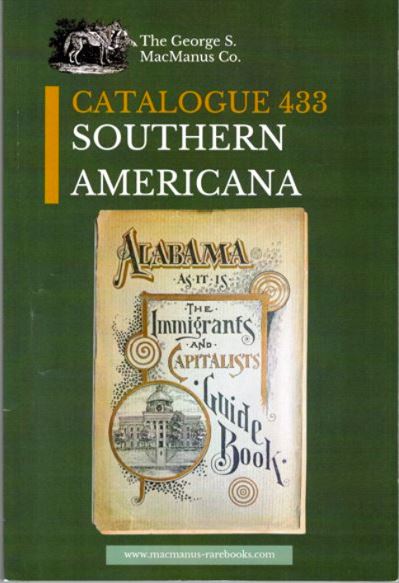

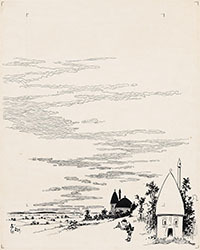
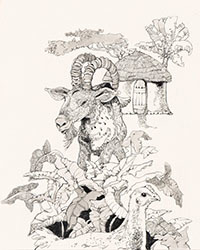
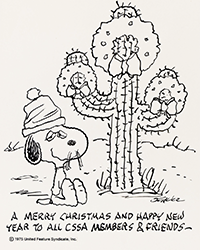
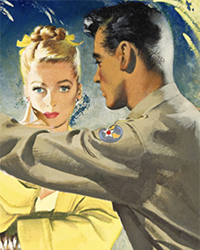
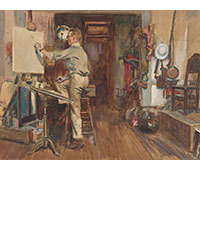
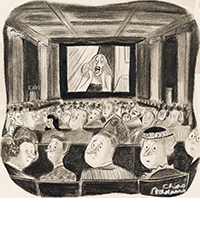
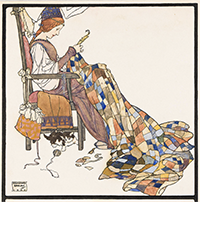
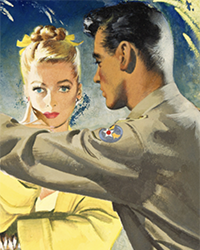
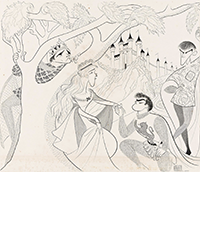
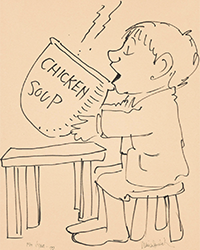
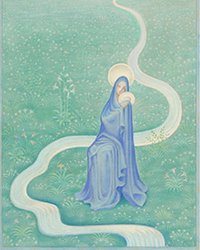
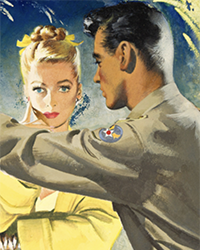
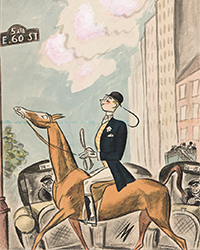

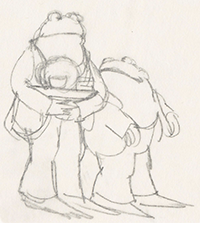
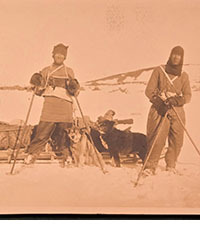
![<b>Scandinavian Art & Rare Books Auctions, Dec. 4:</b> ROALD AMUNDSEN: «Sydpolen» [ The South Pole] 1912. First edition in jackets and publisher's slip case. <b>Scandinavian Art & Rare Books Auctions, Dec. 4:</b> ROALD AMUNDSEN: «Sydpolen» [ The South Pole] 1912. First edition in jackets and publisher's slip case.](https://ae-files.s3.amazonaws.com/AdvertisementPhotos/0a99416d-9c0f-4fa3-afdd-7532ca8a2b2c.jpg)
![<b>Scandinavian Art & Rare Books Auctions, Dec. 4:</b> AMUNDSEN & NANSEN: «Fram over Polhavet» [Farthest North] 1897. AMUNDSEN's COPY! <b>Scandinavian Art & Rare Books Auctions, Dec. 4:</b> AMUNDSEN & NANSEN: «Fram over Polhavet» [Farthest North] 1897. AMUNDSEN's COPY!](https://ae-files.s3.amazonaws.com/AdvertisementPhotos/a077b4a5-0477-4c47-9847-0158cf045843.jpg)
![<b>Scandinavian Art & Rare Books Auctions, Dec. 4:</b> ERNEST SHACKLETON [ed.]: «Aurora Australis» 1908. First edition. The NORWAY COPY. <b>Scandinavian Art & Rare Books Auctions, Dec. 4:</b> ERNEST SHACKLETON [ed.]: «Aurora Australis» 1908. First edition. The NORWAY COPY.](https://ae-files.s3.amazonaws.com/AdvertisementPhotos/6363a735-e622-4d0a-852e-07cef58eccbe.jpg)
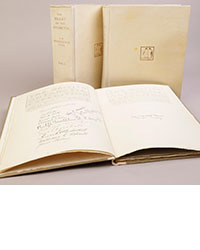
![<b>Scandinavian Art & Rare Books Auctions, Dec. 4:</b> SHACKLETON, BERNACCHI, CHERRY-GARRARD [ed.]: «The South Polar Times» I-III, 1902-1911. <b>Scandinavian Art & Rare Books Auctions, Dec. 4:</b> SHACKLETON, BERNACCHI, CHERRY-GARRARD [ed.]: «The South Polar Times» I-III, 1902-1911.](https://ae-files.s3.amazonaws.com/AdvertisementPhotos/3ee16d5b-a2ec-4c03-aeb6-aa3fcfec3a5e.jpg)
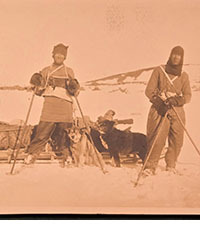
![<b>Scandinavian Art & Rare Books Auctions, Dec. 4:</b> [WILLEM BARENTSZ & HENRY HUDSON] - SAEGHMAN: «Verhael van de vier eerste schip-vaerden […]», 1663. <b>Scandinavian Art & Rare Books Auctions, Dec. 4:</b> [WILLEM BARENTSZ & HENRY HUDSON] - SAEGHMAN: «Verhael van de vier eerste schip-vaerden […]», 1663.](https://ae-files.s3.amazonaws.com/AdvertisementPhotos/d5f50485-7faa-423f-af0c-803b964dd2ba.jpg)
![<b>Scandinavian Art & Rare Books Auctions, Dec. 4:</b> TERRA NOVA EXPEDITION | LIEUTENANT HENRY ROBERTSON BOWERS: «At the South Pole.», Gelatin Silver Print. [10¾ x 15in. (27.2 x 38.1cm.) ]. <b>Scandinavian Art & Rare Books Auctions, Dec. 4:</b> TERRA NOVA EXPEDITION | LIEUTENANT HENRY ROBERTSON BOWERS: «At the South Pole.», Gelatin Silver Print. [10¾ x 15in. (27.2 x 38.1cm.) ].](https://ae-files.s3.amazonaws.com/AdvertisementPhotos/fb024365-7d7a-4510-9859-9d26b5c266cf.jpg)
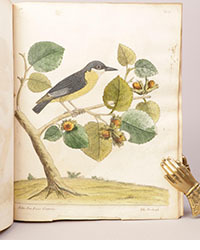
![<b>Scandinavian Art & Rare Books Auctions, Dec. 4:</b> PAUL GAIMARD: «Voyage de la Commision scientific du Nord, en Scandinavie, […]», c. 1842-46. ONLY HAND COLOURED COPY KNOWN WITH TWO ORIGINAL PAINTINGS BY BIARD. <b>Scandinavian Art & Rare Books Auctions, Dec. 4:</b> PAUL GAIMARD: «Voyage de la Commision scientific du Nord, en Scandinavie, […]», c. 1842-46. ONLY HAND COLOURED COPY KNOWN WITH TWO ORIGINAL PAINTINGS BY BIARD.](https://ae-files.s3.amazonaws.com/AdvertisementPhotos/a7c0eda0-9d8b-43ac-a504-58923308d5a4.jpg)
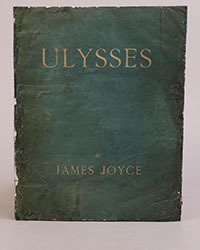
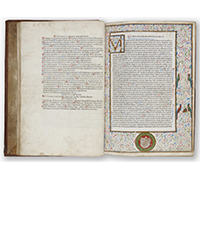



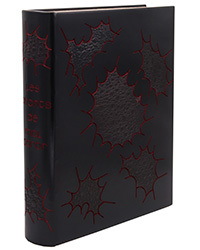



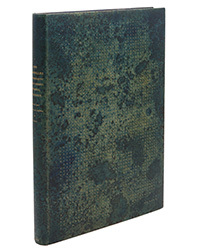
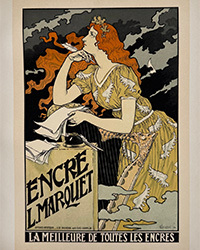
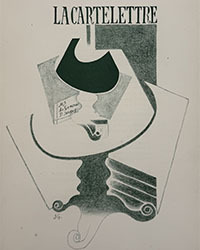

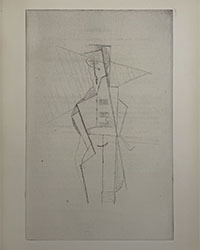
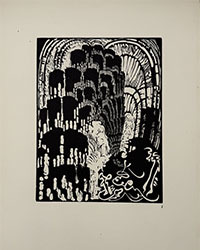
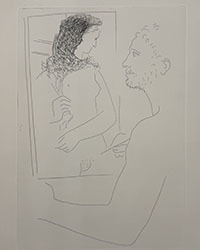

![<b>ALDE, Dec. 3:</b [PICASSO (PABLO)]. <i>Hommage à Pablo Picasso,</i> Paris, s.n., 1966. €8,000 to €10,000. <b>ALDE, Dec. 3:</b [PICASSO (PABLO)]. <i>Hommage à Pablo Picasso,</i> Paris, s.n., 1966. €8,000 to €10,000.](https://ae-files.s3.amazonaws.com/AdvertisementPhotos/f6ec5592-2bab-41b8-a105-7f0702d97750.jpg)

